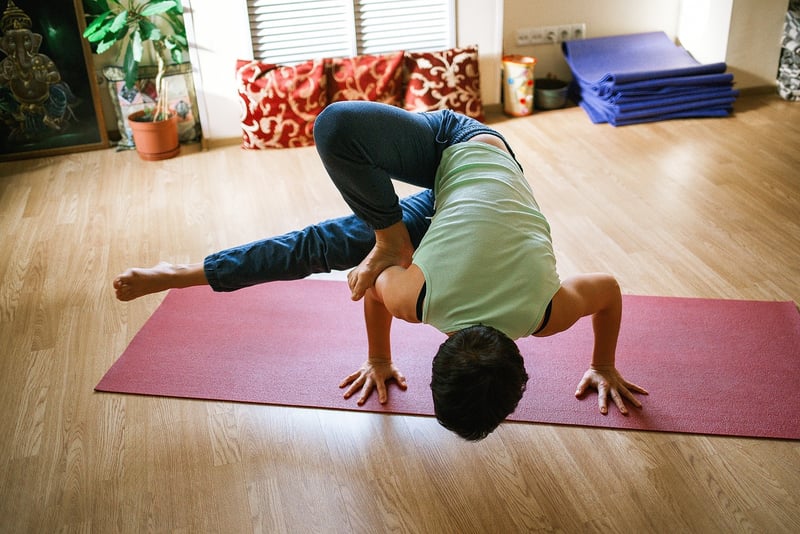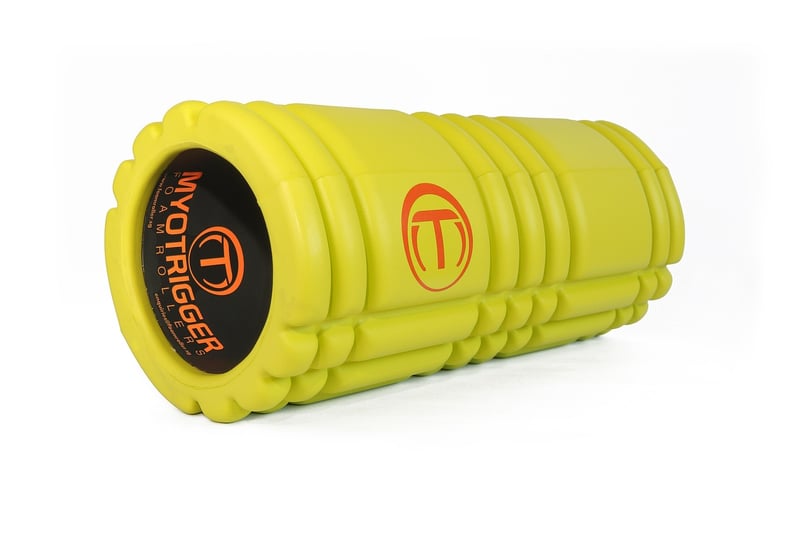Trigger Point Release
Release Tension through Stretching and Trigger Point Release
Are you feeling tense, tight, or sore? It might be time to release that tension through stretching and trigger point release techniques. Both stretching and trigger point release can help alleviate muscle tightness, improve flexibility, and promote relaxation. Let's explore these two methods to help you feel better and more relaxed.
Stretching
Stretching is a fantastic way to increase flexibility, improve blood circulation, and relieve muscle tension. It can be done before or after exercise or simply as a standalone practice to relax your muscles. Here are a few key benefits of stretching:
- Improves flexibility and range of motion
- Enhances blood flow to the muscles
- Helps reduce muscle soreness and tension
- Promotes relaxation and stress relief
Stretching can be done in various forms, including static stretching, dynamic stretching, and proprioceptive neuromuscular facilitation (PNF) stretching. Remember to breathe deeply and never push your body into painful stretches. Listen to your body and be gentle with yourself.
Trigger Point Release
Trigger points are small, localized muscle knots that can cause pain and discomfort. Trigger point release techniques focus on deactivating these knots to alleviate pain and improve muscle function. Here are some common methods for trigger point release:
- Self-myofascial release with foam rollers or massage balls
- Trigger point therapy using targeted pressure or massage
- Stretching and applying pressure to specific trigger points
By releasing trigger points, you can experience reduced pain, improved muscle function, and increased range of motion. It's essential to target these trigger points gently and gradually to avoid causing further discomfort.
Combining Stretching and Trigger Point Release
For optimal muscle relaxation and tension relief, consider combining stretching with trigger point release techniques. Start with gentle stretching to warm up your muscles, then proceed to target specific trigger points using self-myofascial release or trigger point therapy. Listen to your body's cues and adjust the intensity as needed.
Remember to stay hydrated, breathe deeply, and relax during these practices. Consistency is key to reaping the full benefits of stretching and trigger point release. Consult with a healthcare professional or a fitness expert if you have any underlying health conditions or injuries that may affect your ability to perform these techniques.


Release tension, improve flexibility, and promote relaxation through the power of stretching and trigger point release. Your body will thank you for taking the time to care for it.
